Partners in the Spotlight
Selected integrations
AXIS ACAP - Parquery in-camera
Fotokite - Parking & Traffic Surveys
Parquery works with ANY camera
Understand the usage of each route, station, vehicle, and carriage in your transport network
All managing, scheduling and planning of public transportation depends on how many people use which means of transport, where and when. In short, statistics and knowledge of passenger numbers.
Thanks to these figures, transport operators can
Conventionally, traveler numbers are estimated by manual counting and extrapolating surveys and spot-checks. Those manual head counts require a lot of staff and cause considerable effort and costs.
[Traffic patterns observed by conventional means] are often subject to too many imponderables and are thus of only limited value in many cases. The main cause of this uncertainty is data which is either insufficiently detailed or inadequate [...]

With Parquery’s Artificial Intelligence (AI), you can turn any camera into an automated people counting (APC) sensor that respects and protects your customers’ privacy while delivering counts with 98% accuracy. Track precise real-time traveler numbers on buses, trams, trains, underground, metro, railway networks, ships, etc. along the route. Every time of the day, every day of the week.
The camera monitors an entrance area in a vehicle, a bus stop, a railway platform, or a waiting hall in a train station and Parquery’s algorithms do the anonymous head count for you. Day after day, hour after hour.
In collaboration with Swiss Federal Railways (SBB, CFF, FFS), Parquery developed a camera-based passenger counter for train carriages with multiple entrances. Drawing on the existing security cameras already onboard, Parquery's AI algorithms could simply be added to determine traveler numbers with 98% accuracy.

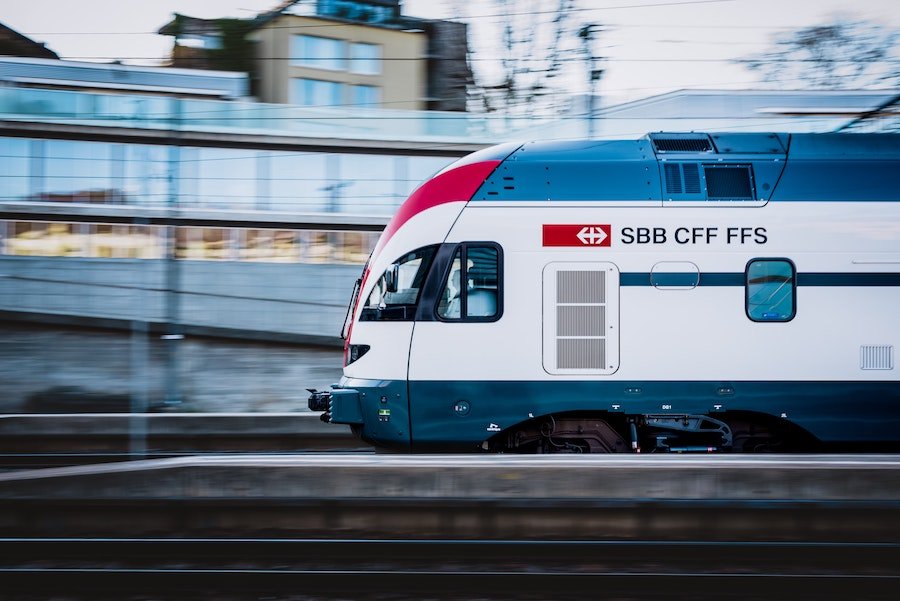
Installed at the doors of transport vehicles, cameras powered with Parquery’s Artificial Intelligence (AI) act as smart people counting sensors. They detect whether or not doors are open and automatically count passengers as they get on and off at each stop or station.

Sensors at bus stops, rail platforms, and stations calculate traveler numbers, monitor social distancing compliance, and determine waiting times.

Collect the data where you need it, when you need it: onboard, at stops, on underground or rail platforms, and in train stations. Automatically compute live passenger volumes and get statistical insights:
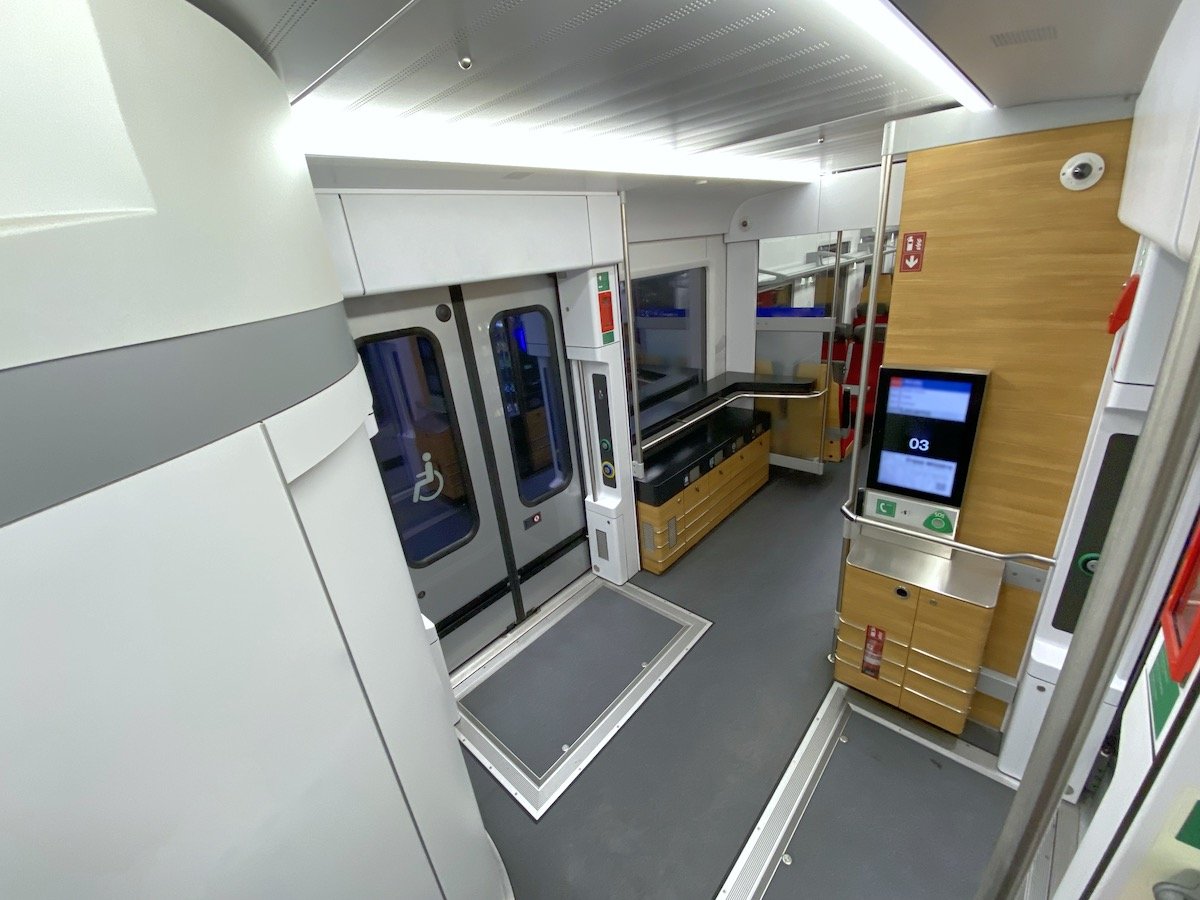
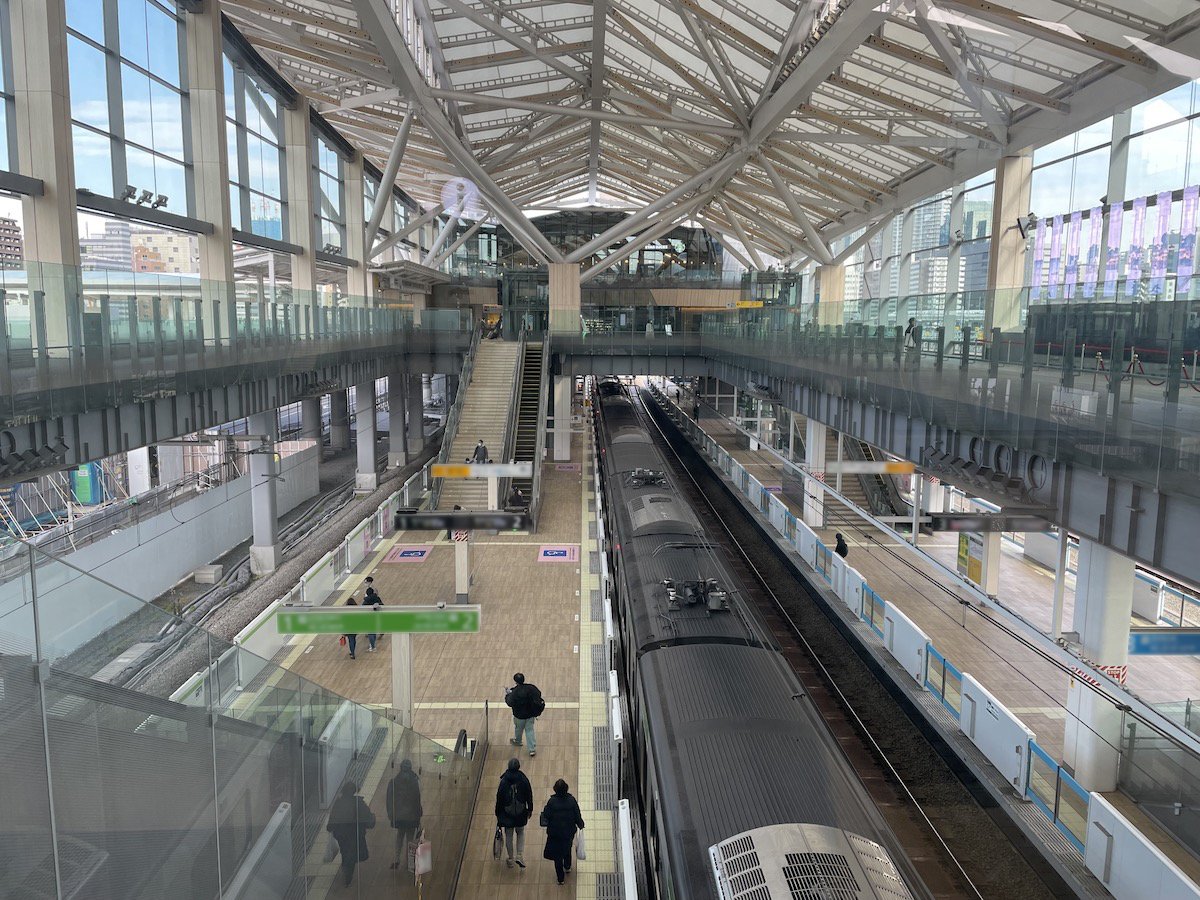
Security cameras are standard equipment onboard, at stops, on platforms. They deter crime and vandalism, and allow for a more effective investigation in case something happens. These very same cameras can double as people counters.
Start the 24/7-tally without installing additional sensors. Parquery analyzes the video stream of any camera - whether a fisheye or bullet camera, Axis or Dahua, brand-new or not quite as recent.

Parquery’s people counting solution automatically keeps track of the nose count 24/7 and in real-time by analyzing a camera’s video stream. Local processing and privacy filters protect the travelers’ identities. Use existing security cameras and add APC on top.


Unlike infrared barriers, which require several sensors for registering the direction of movement and have high error rates when multiple persons enter, visual detection requires only two cameras per entrance area and distinguishes persons in a crowd.
In contrast to floor pressure sensors (treadle mats) placed on the entrance steps of a vehicle, which detect passengers as they step on a mat, camera systems do not have mechanical parts that wear out. Furthermore, cameras record fast passenger flows and do not require them to enter in a single row.
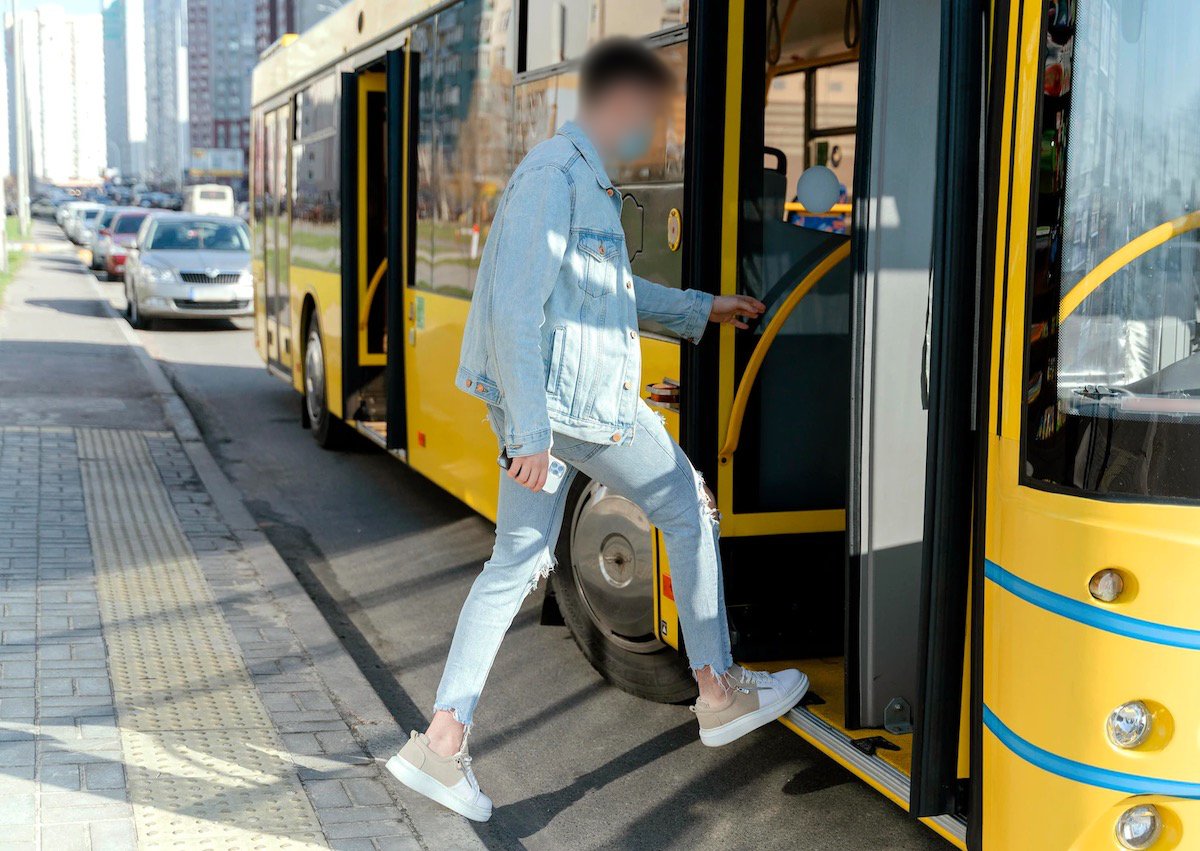
Pressure mats register passengers as they step on. Photo: freepik.com

Cellular network data is not accurate enough to identify the means of transport for short-distance travel. Only intercity journeys over 30 kilometers can be assigned to a specific mode of transport.
In a shared transport network, the revenue is divided among individual companies and routes based on the number of people carried and their distances traveled. Base the calculation on genuine ridership numbers instead of extrapolating from surveys and random samples.

Automatic passenger counting (APC) systems onboard vehicles, at bus stops, or on train platforms are cost-efficient and highly accurate. Achieve significant cost savings in labor-intensive manual procedures and get a comprehensive analysis of the actual usage every hour, day, month, and year.
Differentiated data on transportation performance provides the base for strategically developing tomorrow’s service: network and route planning, vehicle and crew scheduling, and vehicle management.
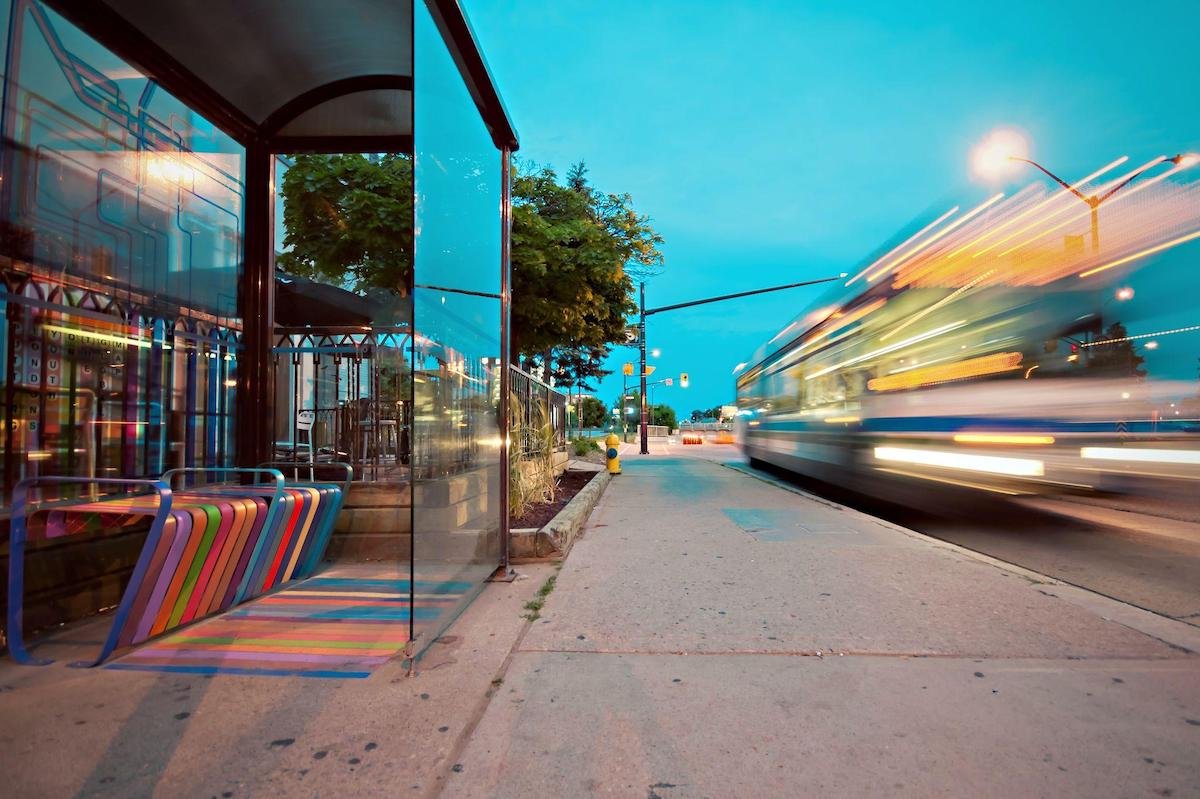
Optimally adapt capacity and staff according to user volume based on long-term traveler number data patterns. Decide how many vehicles or coaches to deploy on which line, optimize the useful life of each vehicle, and raise customer contentment.
Encourage customers to travel during off-peak hours by letting them know each line’s real-time and predicted occupancy levels. Some travelers might choose a less busy travel time or mode of transport for more comfort, thus balancing the load, contributing to a more pleasant experience for everyone, and increasing revenues during that time.
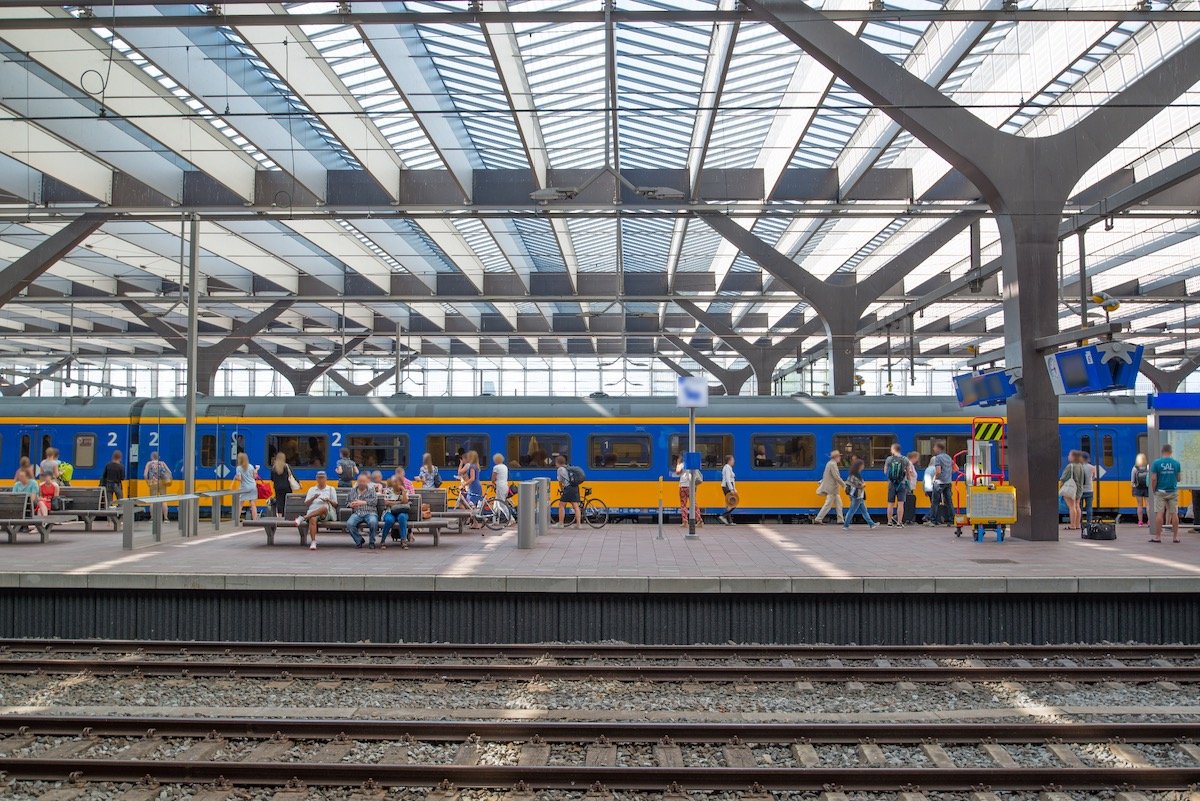
Compare the number of sold tickets with the number of people carried to verify ticketing systems and compliance. Thus, ensuring transparency and preventing discrepancies.
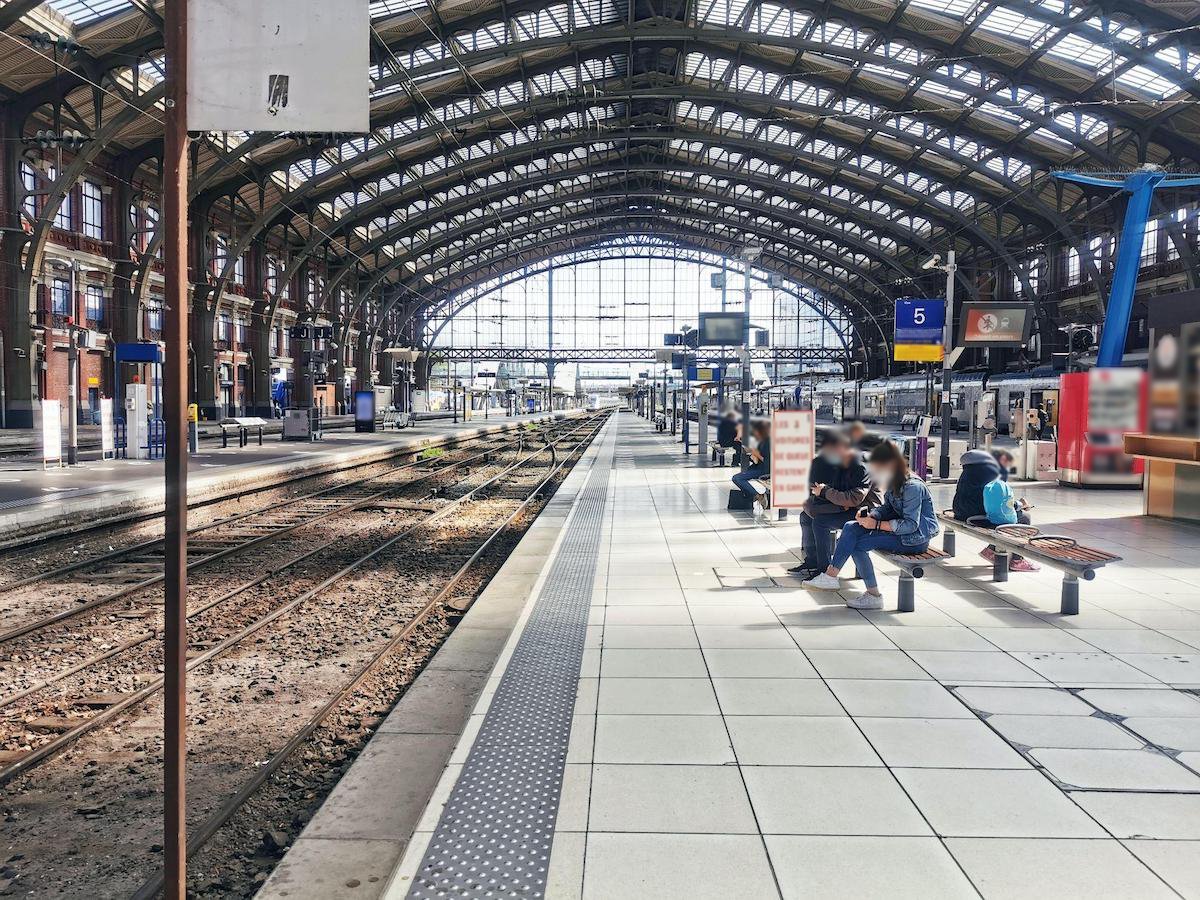
Cameras double as instruments to ensure the safety and security of the passengers, as well as effectively prevent vandalism.
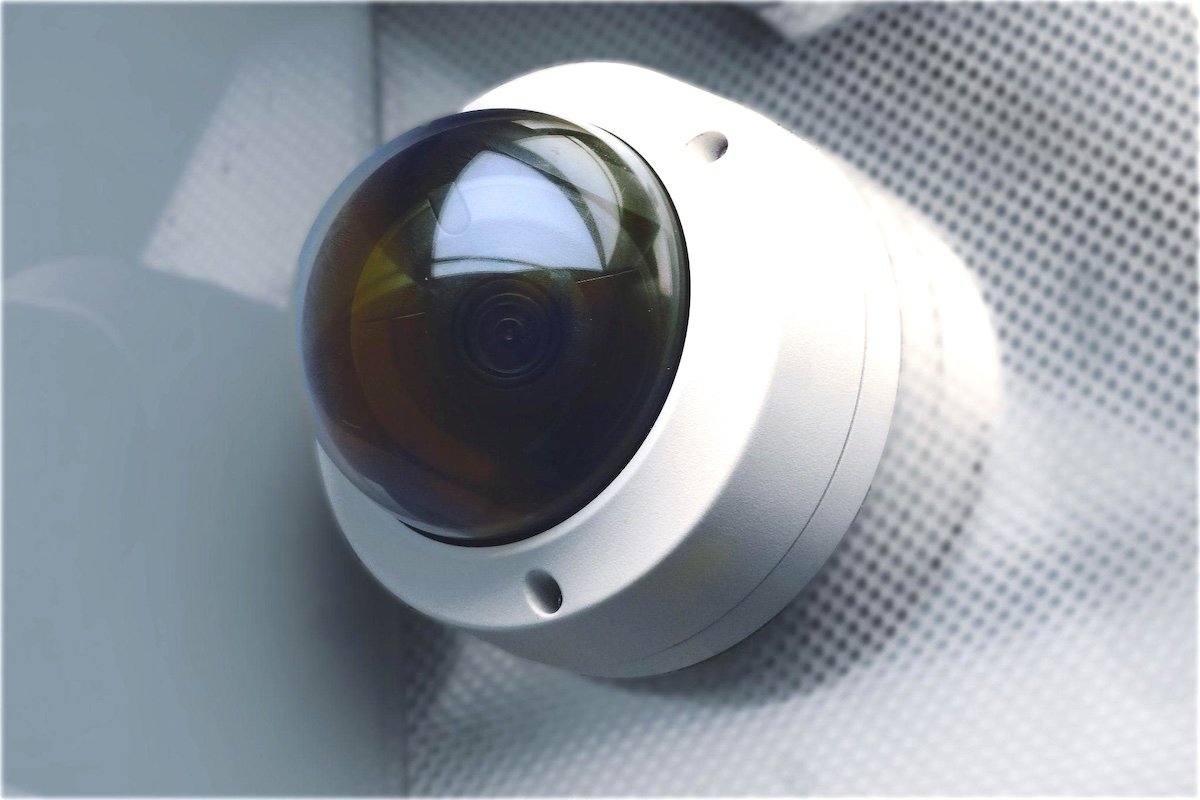
Share each vehicle’s real-time occupancy with your passengers while they are still waiting on the platform or planning their trip at home. Let them know in which carriage will likely get a seat. Thus, they will optimally spread out among the vehicles and increase travel comfort for everyone.
Combine the onboard data with stop or station data and take it one step further: predict how the current occupancy will change as the vehicle moves along the route.
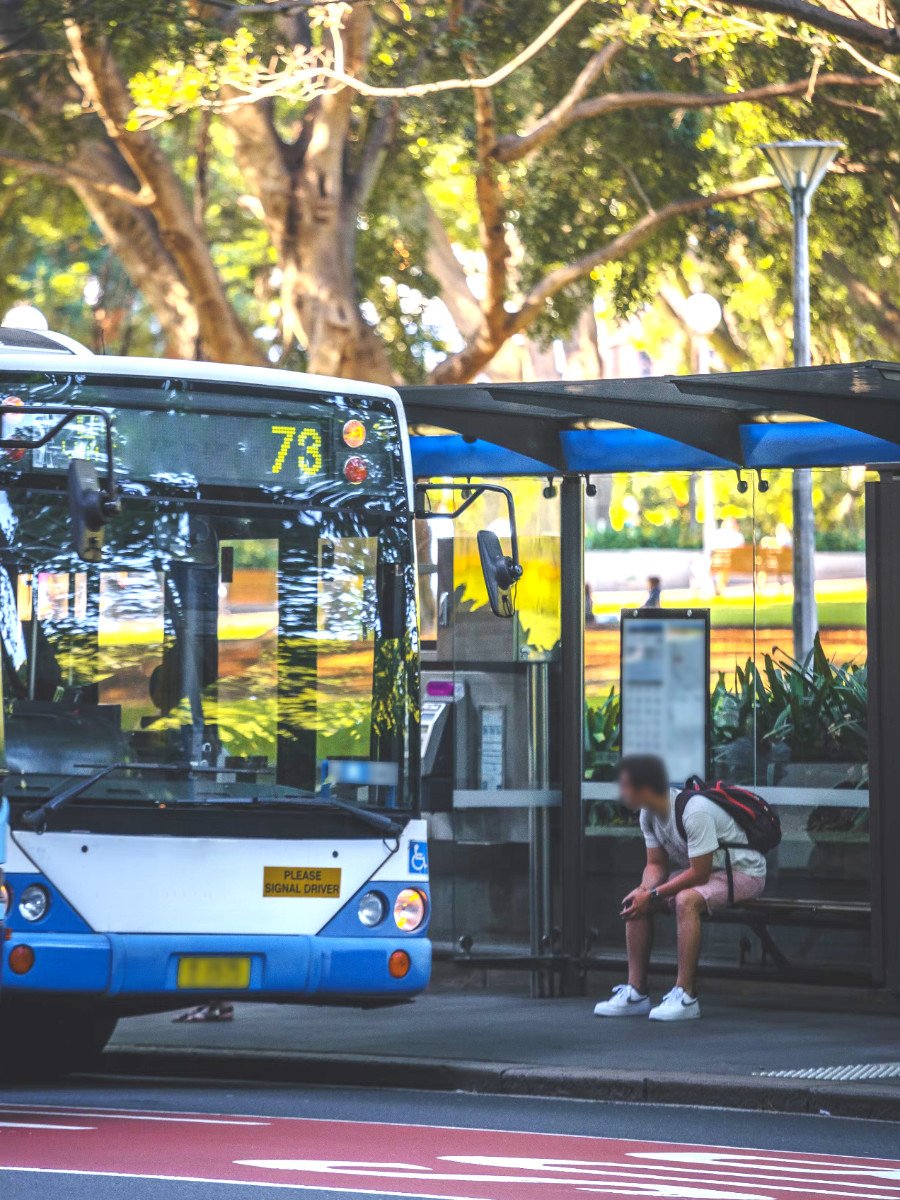
Efficiently improve routes and routing and match demand through
Thus, reducing travel time, the number of transfers, and improving customer convenience.
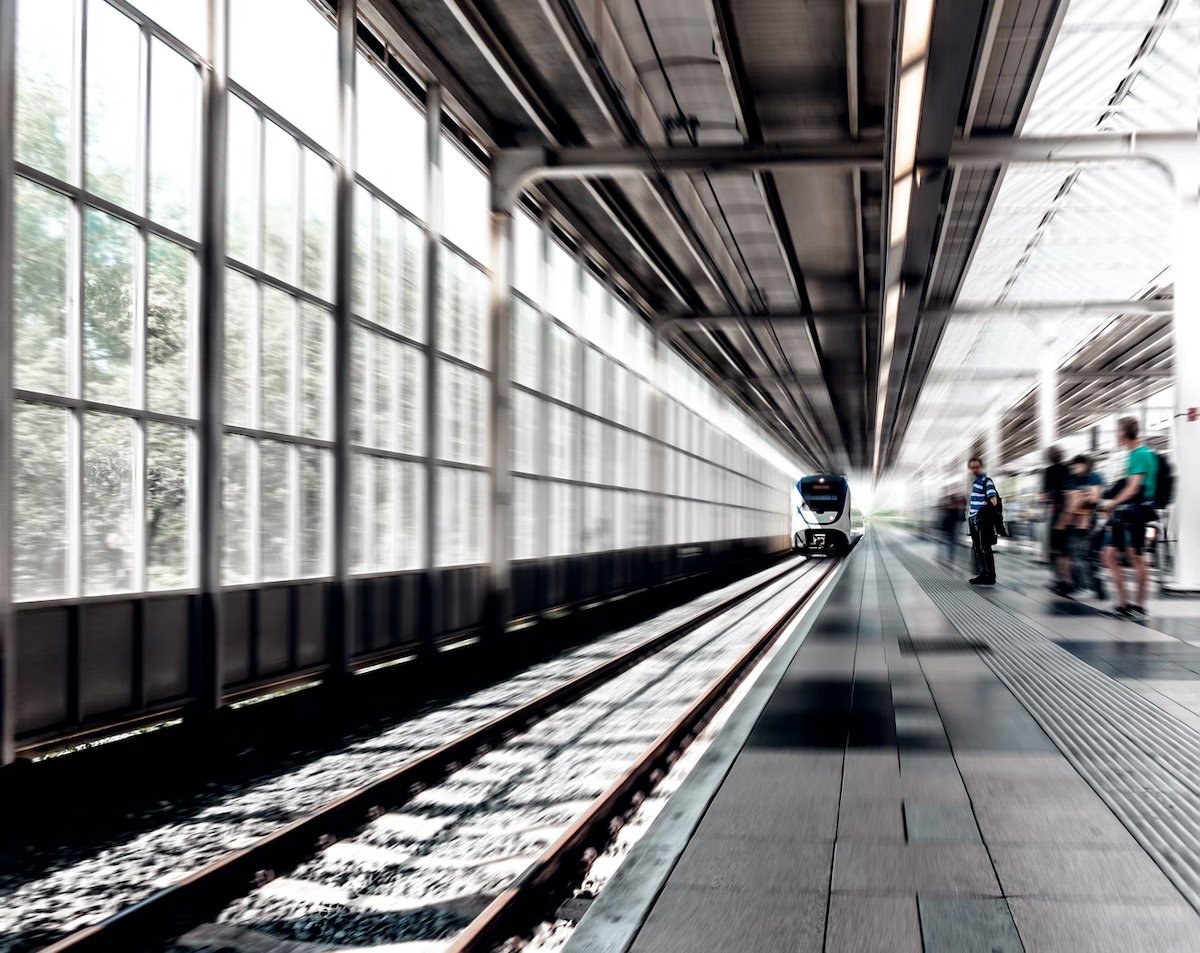
Thanks to its repetition and high-frequency views, advertising on public transport is remarkably effective. Encourage agencies to rent advertisement spots (e.g. on-board screens, digital billboards on the platform) and determine the impact.
Substantiate location- and time-related prices, e.g. for specific routes and vehicles with high passenger volume, which achieve higher impressions.
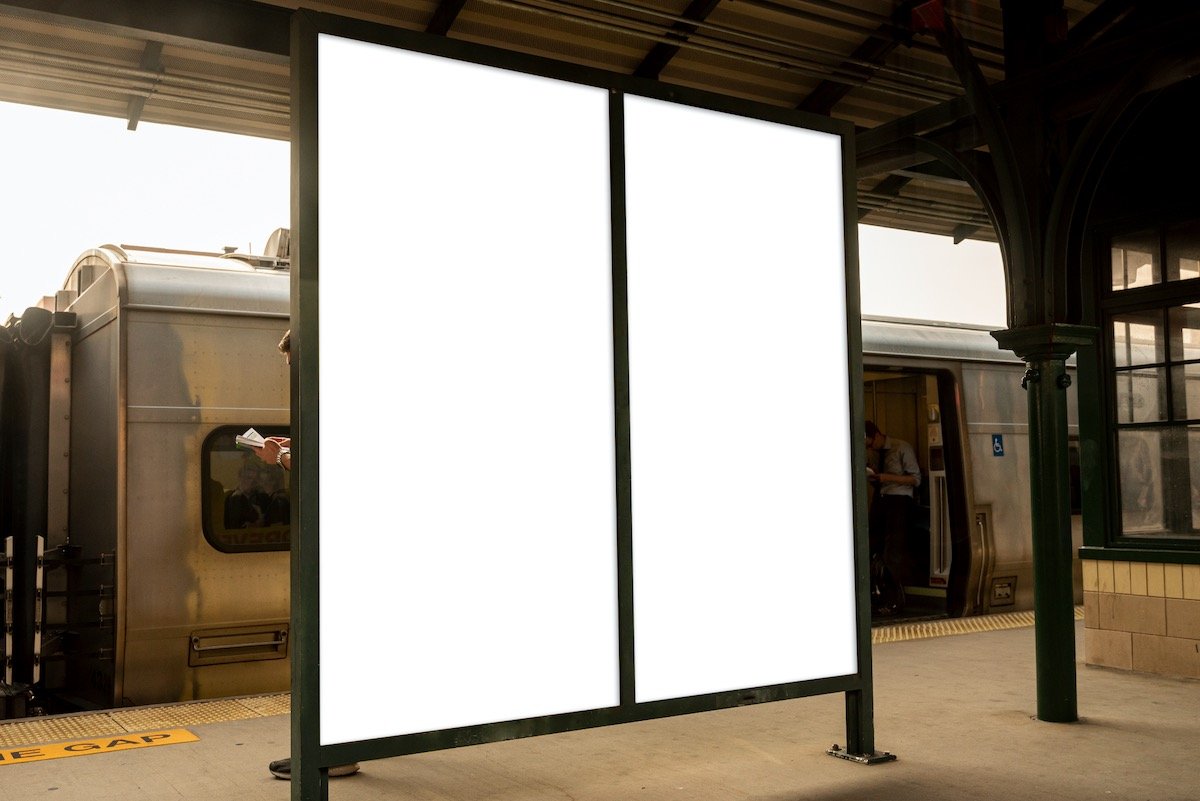
Photo: freepik

Our software runs on an on-site edge computer. Thus, video data does not leave the location or vehicle, only anonymized and statistical counting data is recorded. Before processing camera streams, we can mask data that might identify a person, e.g. faces, in real time.
We do not record private data and strictly comply with the General Data Protection Regulation (GDPR) and the Swiss Federal Act on Data Protection (FADP).
Our dedicated data protection page explains how and which options are available.
